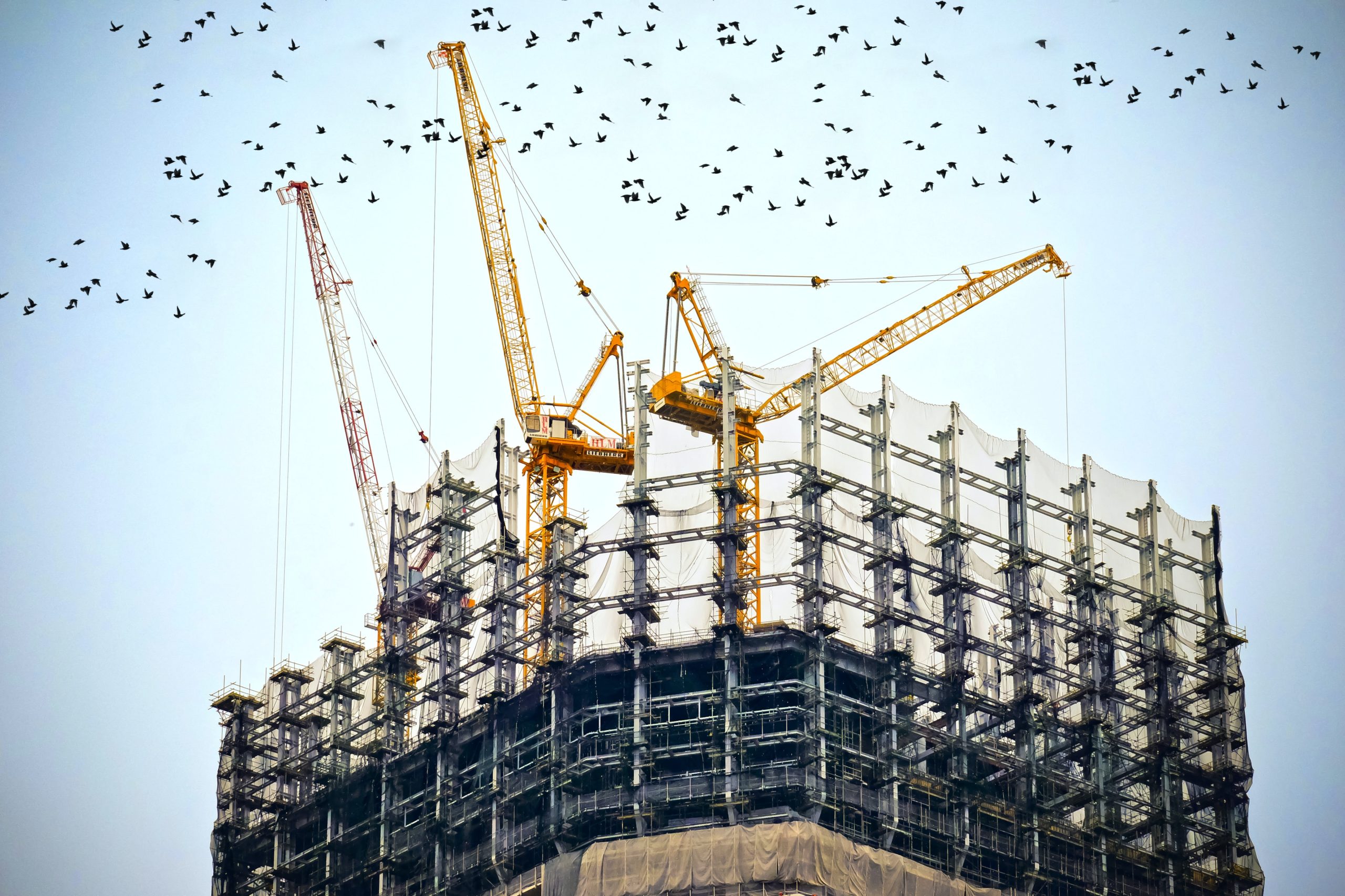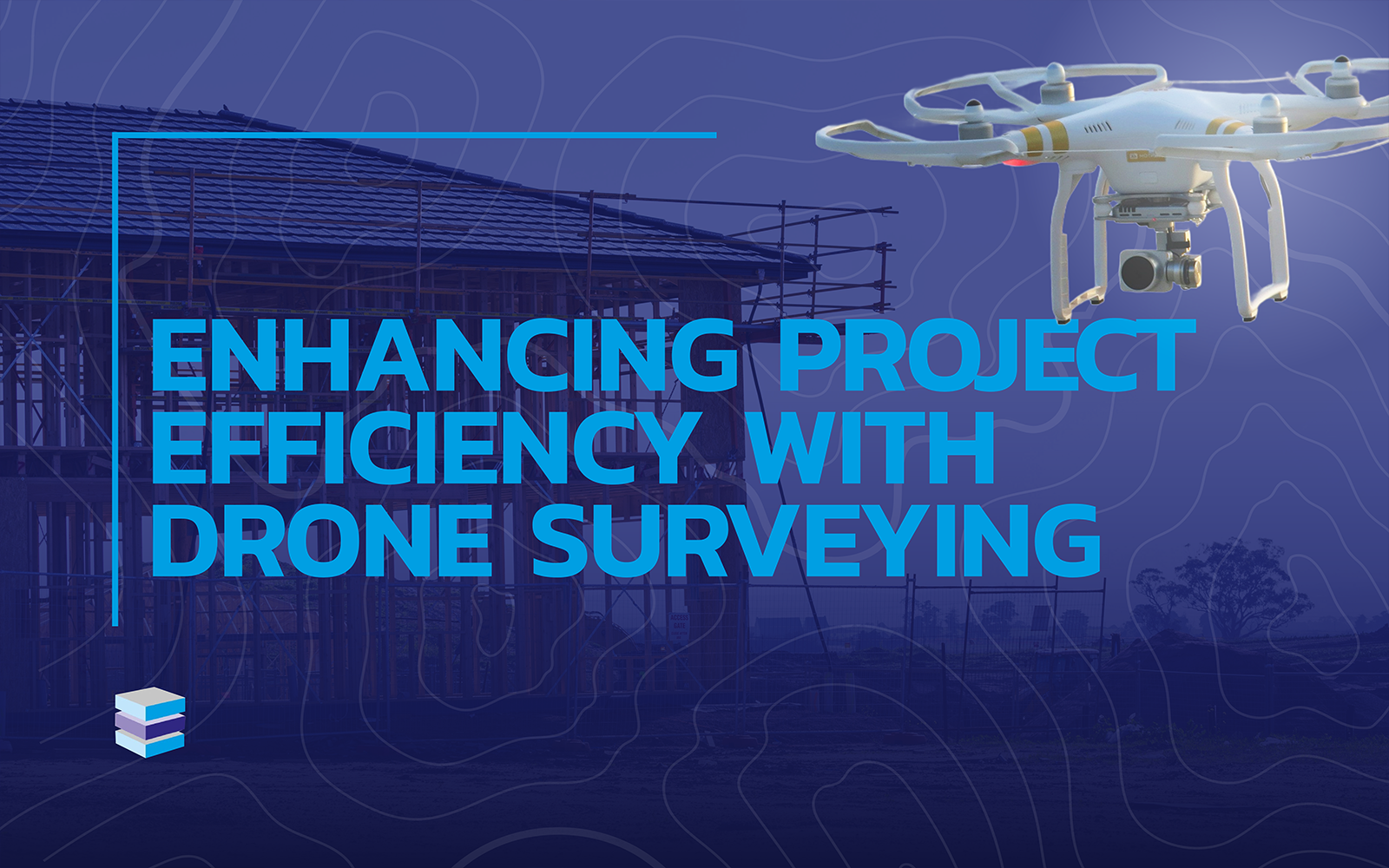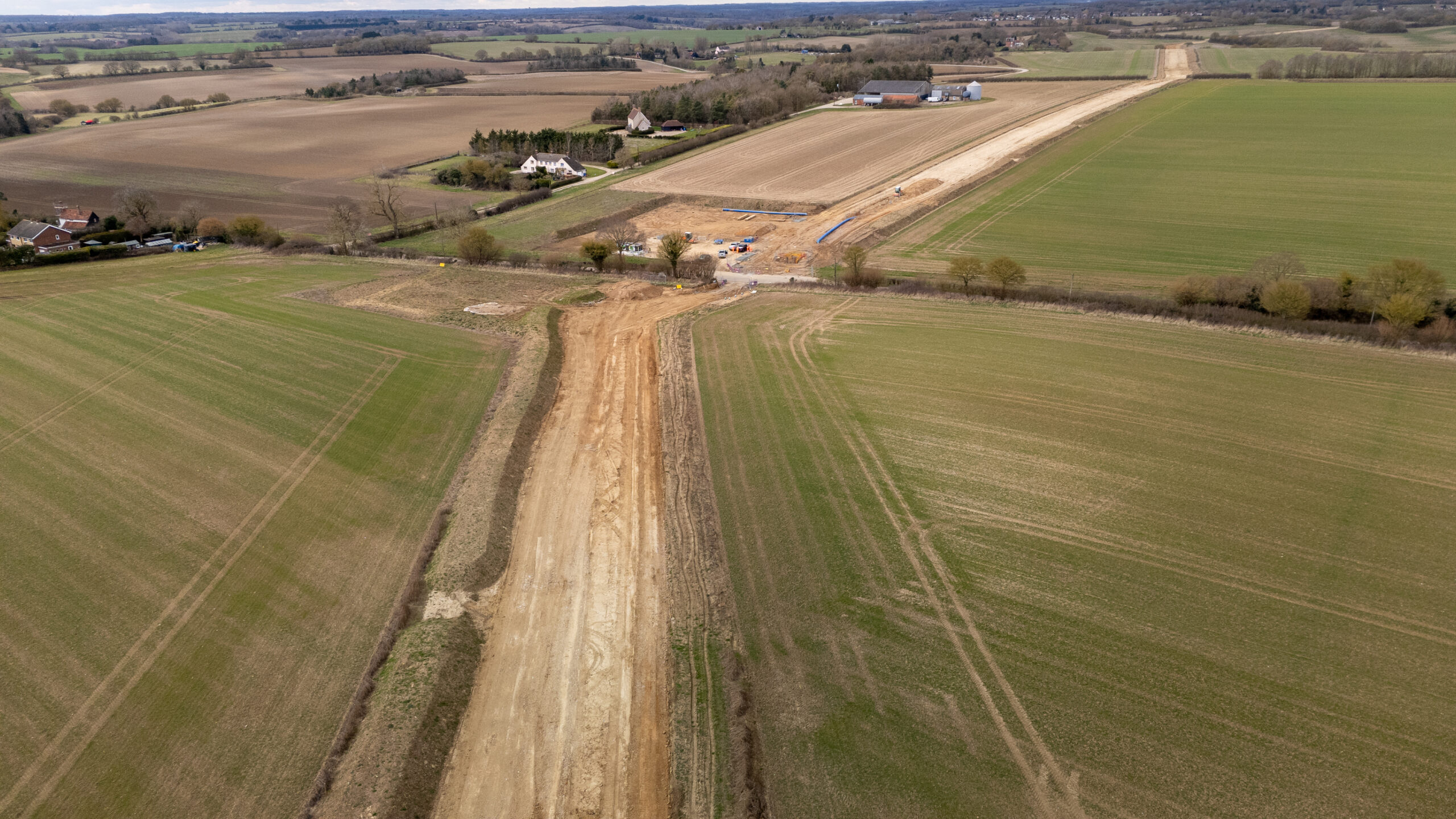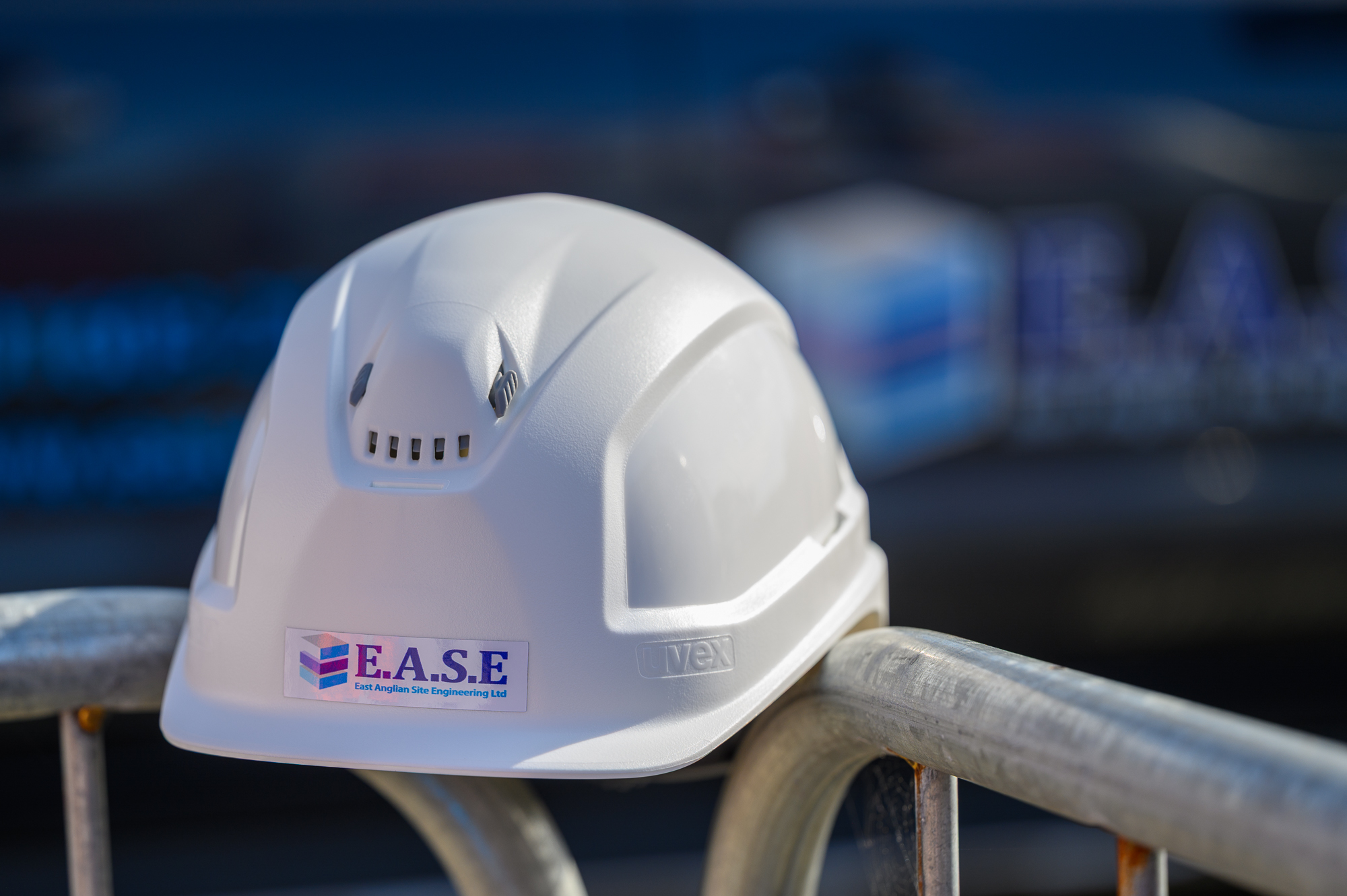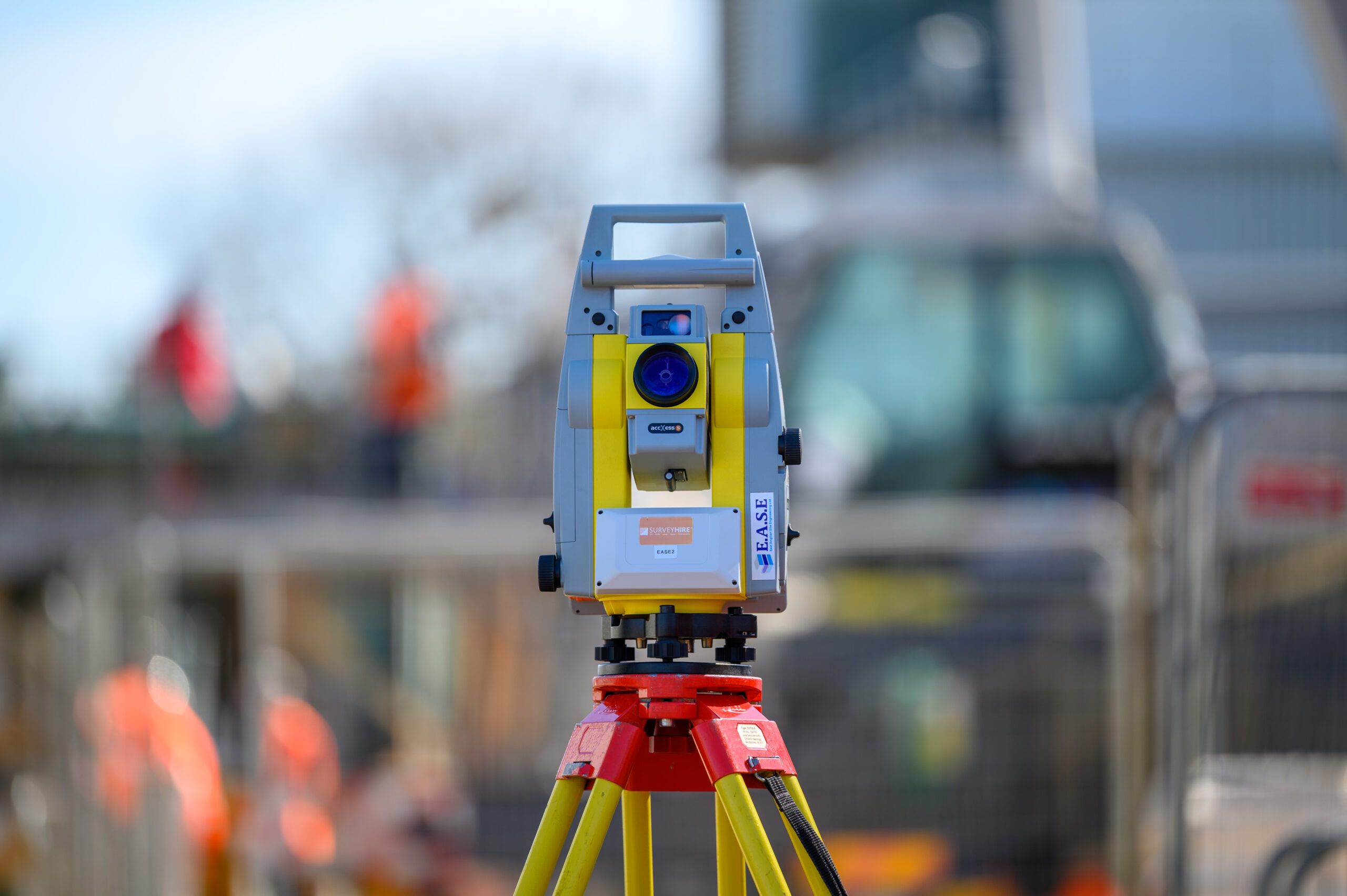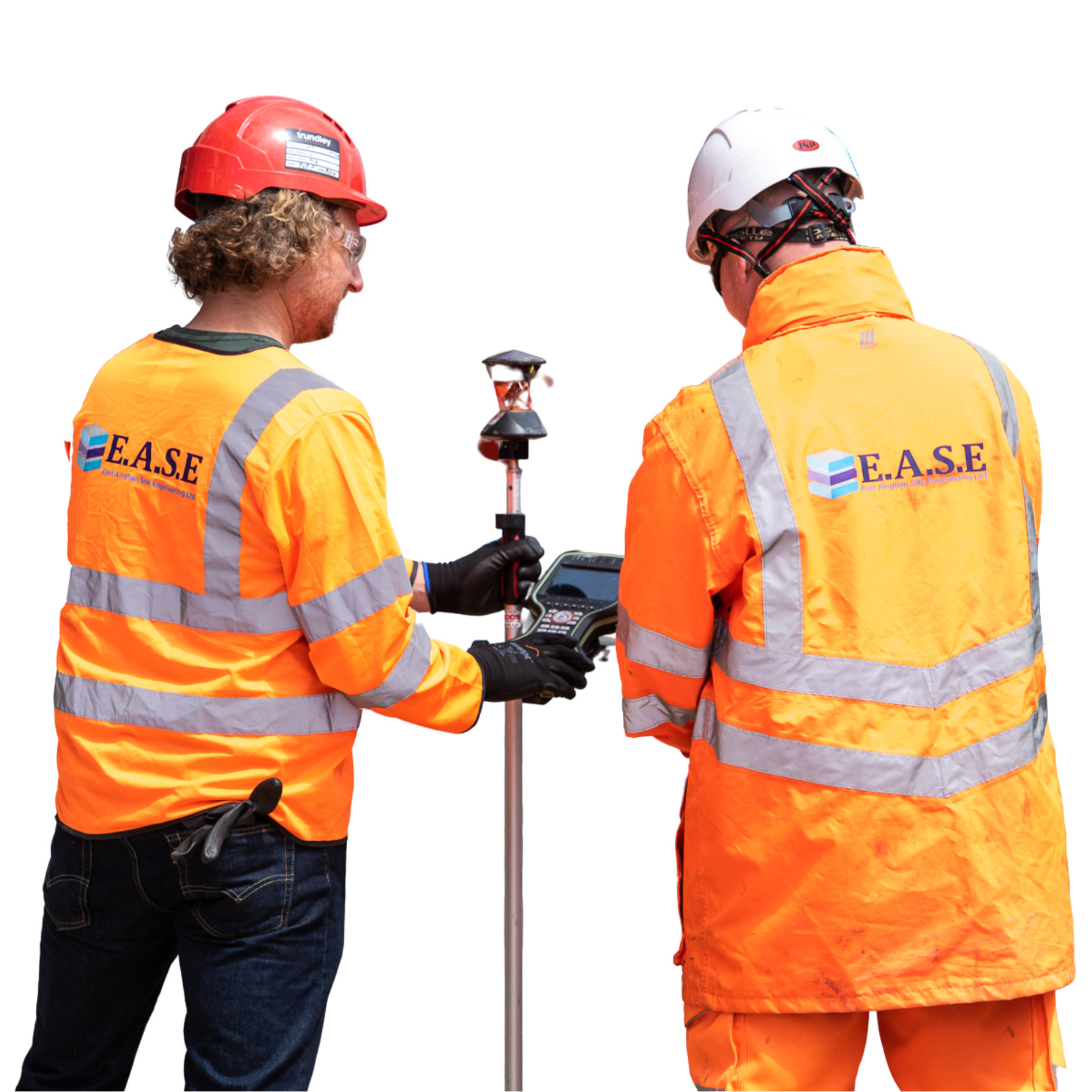For many, seeing others get the chance to work outside can make us feel envious. However, at times it can be the last place you want to be, especially in the cold, dark Winter months. As a Site Engineer, a lot of your time will be spent outside on site, overseeing, surveying and preparing the area for work. This is the case whatever the weather. Most of the time this is manageable, but it can unfortunately prove difficult at times as weather conditions can affect not only the construction process, but also the productivity of the team.
Site Engineers Job:
Although some office work is involved, a good portion of time as a Site Engineer is spent on site. Site Engineers are responsible for managing construction, providing advice, managing the quality of the site and more. As a Site Engineer it is essential to be present on site to oversee production at all times as you act as the top technical advisor for the job site and provide mentoring for any trainees or junior engineers.
These key responsibilities can only be exercised on site, meaning that office time is kept to a minimum, which, for many, is one of the biggest perks of the job. Working outside can really bring a separation from work and day to day life and studies show that working outside is said to increase productivity, but does this factor in the reality that working outdoors includes more than just getting the chance to take in the summer sun? As many people forget that although there are perks to the warmer weather, Site Engineers also have to work in the rain, cold and winter winds.
Warmer Weather Conditions:
There are many perks of working outside in the Summer, longer daylight hours being just one of them. But unfortunately with the warmer weather comes some discomfort, and as Site Engineers we have experienced this discomfort and the issues it causes first hand.
Protective Clothing – The most important thing for all members of the team working on site, is keeping safe. As Site Engineers it is our job to make sure that not only the site is safe to work on, but that the whole team is geared up with the correct clothing to work effectively and safely on site. To do this, clothing such as high visibility jackets and protective headgear must be worn on site and in the warmer weather this gear can keep body heat trapped in, which can have serious consequences. This can be helped by swapping a high visibility jacket for a high visibility vest, but there is no substitute for a hard helmet, which must be worn while on site at all times.
Productivity – Unfortunately, the arrival of warmer weather can have a negative impact on the productivity of the project. Sometimes if the heat becomes too unbearable work has to be put on hold until the temperature drops and more breaks are needed to hydrate and cool down. Work may have to be focussed on shaded areas of the site, which can lead to some areas becoming neglected, which can hold up the build.
The heat may also have a negative effect on your equipment. Site Engineers are responsible for getting the site ready for development, which includes working with detailed site plans and levelling the ground ready for work. When the weather is warmer this can sometimes mean the site and equipment can get too hot to work with, and can require a rethink of the site planning and the resolving of these technical problems.
Colder Weather Conditions:
While many are working at their desks with the heating on, Site Engineers are battling the harsh weather conditions that the colder months bring. Regulations and actions need to be taken to prepare the site and the team for the cold weather, which can take up valuable time.
Protective Clothing – During the Winter, we swap the high visibility vests back to jackets and add even more clothing such as gloves and hats. Added layers such as thermals can keep body heat regulated, but with this it can also make it harder to move and perform important tasks such as mapping structural boundaries on the ground using pegs and markers, which involves a lot of bending down that can be disrupted by these added layers.
Productivity – Similarly to Summer, during Winter regular breaks are also needed, but for warming up. Although there is no law to dictate what the coldest temperature to work outside actually is, there comes a point when it is necessary to take a break and warm up as fingers lose feeling and it is physically impossible to work. As Site Engineers it is fundamental for us to communicate the importance of only working outside in cold weather for a limited period of time before getting warm again.
Although there seems to be many negative associations with working outside listed above, we all strive when working outside and chose our career as we believe this is one of the bonuses to the job! Whatever the weather, we are up to the challenge and jump at any chance to work on all different types of projects. So if you are in need of Site Engineers who will battle the elements to provide the best outcome for your project, give us a call today on 01603 211808 or leave us a message today.


